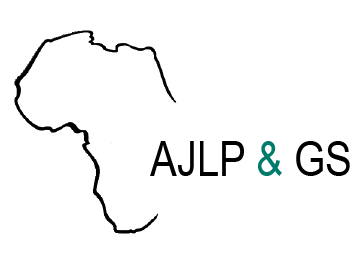Resource information
Context and objectives:Climate extremes associated with wet and dry conditions are one of the main causal elements of the disasters that adversely impact Uganda`s agriculturally based economy. However, the lack of reliable forecast records for wet and dry conditions remains a challenge at a local scale. Given the proliferation of geostatistical forecast algorithms, this study assessed the suitability of three forecast algorithms: forest-based, exponential smoothing and curve fitting in forecasting wet and dry conditions at a local scale in Uganda.Methodology:The CHIRPS satellite gridded datasets for the variable short rains season of September, October, and November (SON) for the 1981-2020 historical period were used to develop the forecasts and the 2021-2022 period was used to validate the forecasts. The Standardized Precipitation Index (SPI) derived from the CHIRPS dataset was used as the proxy for wet and dry conditions. The three algorithms were assessed by subjecting them to the SPI space-time cube structure in the ArcGIS environment. Using the resultant Forecast and Validation Root Mean Square Error (FRMSE and VRSME respectively), forecast models were then generated for each of the algorithms. A comparison of the least VRSME at every locality from any of the three algorithms was then used to build a joint forecast model.Results:Results from the three algorithms show that irrespective of the neighborhood influence, each locality experiences an independent forecast and by 2025, the majority of the localities will experience moderately wet conditions in the SON season. The forest-based forecast, exponential smoothing, curve fitting and the combined least VRMSE forecast produced a best value of R2=0.33, 0.48, 0.4 and 0.62 respectively upon validation of the exact value. However, for values within the 95% confidence interval band, an R2 =0.89, 0.83 was realized for the forest-based and exponential smoothing. Based on the behavioral performance of the algorithms, results further reveal that most of the localities in the study area exhibit complex patterns and can best be predicted by Forest based algorithms. The results from this study support the motive of the Sustainable Development Goal (SDG) 13 by enabling the communication of empirical studies on locally determined climate contributions. The knowledge gained regarding localized wet and dry conditions prediction will help to increase the capacity of local governance and decision-making organizations that adopt and put into practice local disaster risk reduction initiatives. Further research is needed to assess the driving factors behind the pattern behaviours at the different localities

